Feature image @caughtmereadhanded
As a parent and a self-appointed voracious reader, you would think that maybe I could try and understand or empathize with the idea of banning a book. Restricting access to books because perhaps the topics/themes they cover might be too explicit or challenging for younger readers, or any other readers for that matter. But I can’t understand or empathize, because even with books that I might personally wish I could eliminate from our shared societal literary canon, I can recognize they might serve a purpose.
They might open up needed conversations that could shift the way we view something. They might serve as examples of the ways in which media and literature can feed into stereotypes or maybe, like in my case, reading “banned” books might give someone language to speak about their own life. A lens through which to process their own lived experiences. With that in mind I went through yearly lists that the Office of Intellectual Freedom (OIF) complies of books that have been challenged the most across the U.S and I ended up finding books I read that moved me and helped me in so many ways. So here is a personal list of banned books I am deeply glad exist because without them, I wouldn’t be the reader I am today.
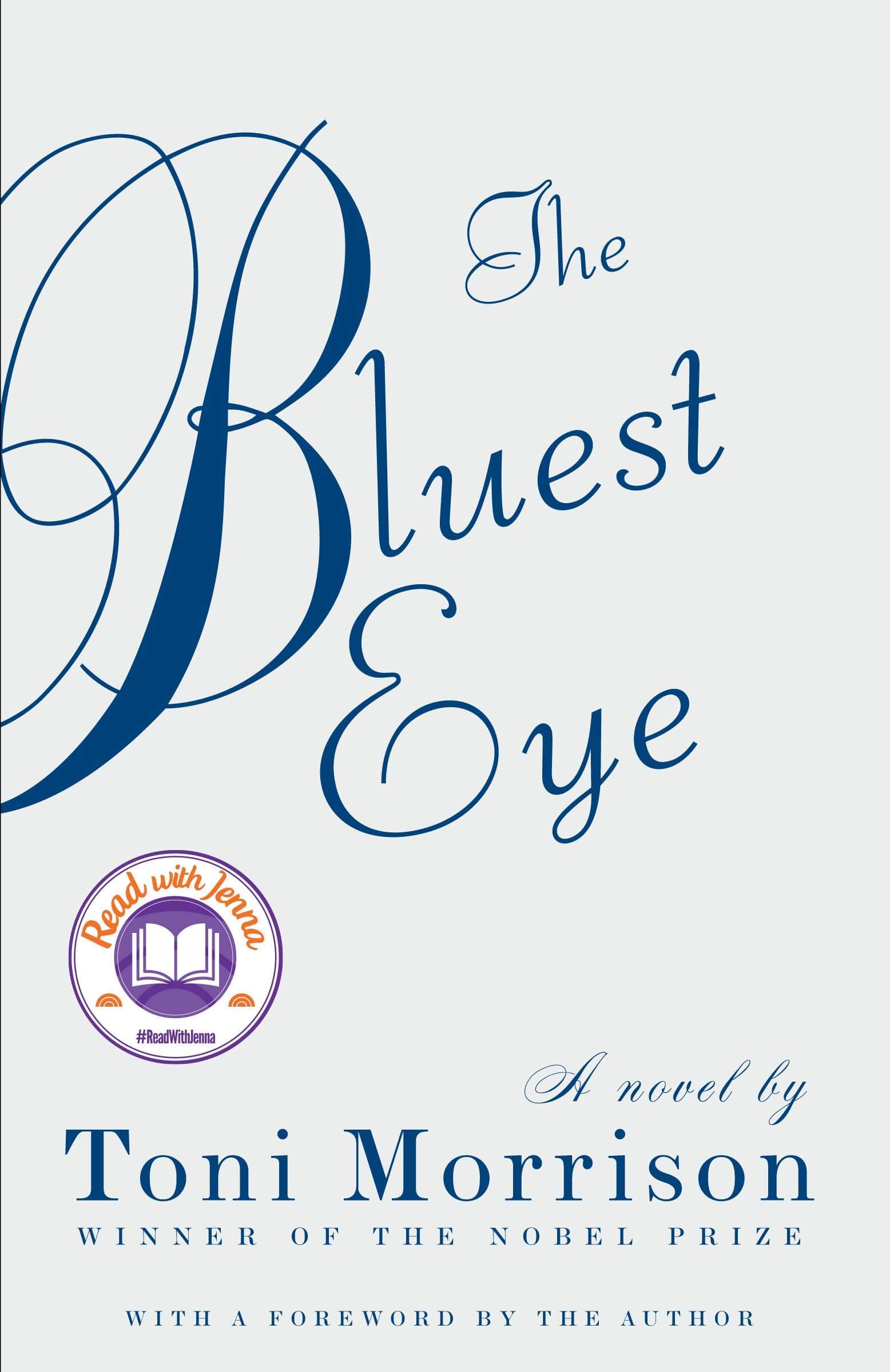
The Bluest Eye by Toni Morrison
I first read The Bluest Eye in high school. I picked up the book knowing nothing about it. I remember reading it cover to cover, and not being able to stop thinking about 11-year old Pecola in Lorain, Ohio, praying her eyes would turn blue. The book is banned and challenged according to the OIF “because it depicts child sexual abuse and was considered sexually explicit.” Though child sexual abuse is present in the book. I could only remember deeply understanding within me Pecola’s yearning to be loved and seen in a world that couldn’t protect, love and see her. It’s a book that personally made me feel less alone.
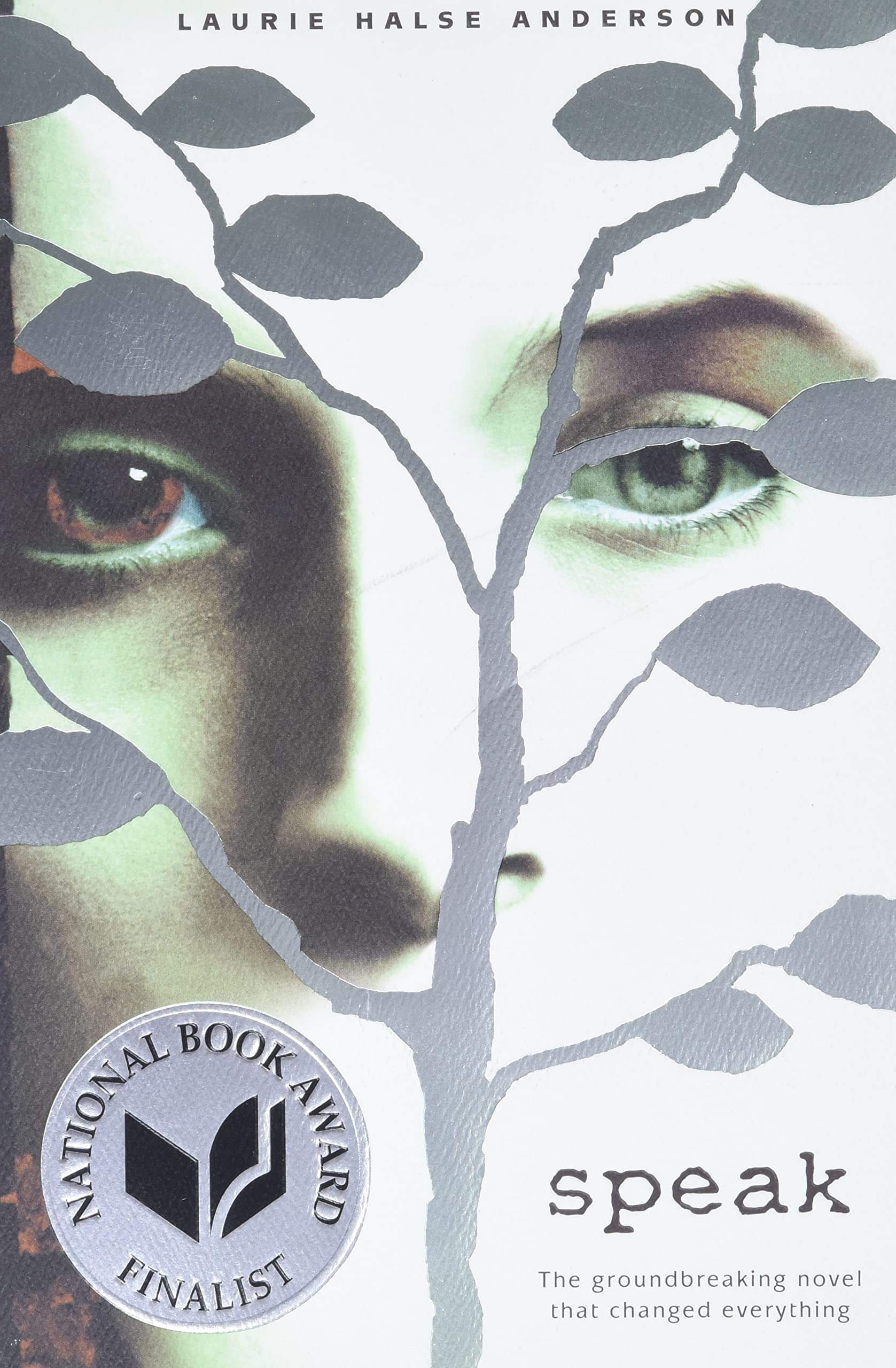
Speak by Laurie Halse Anderson
Speak is another book I read in high school. I also had no idea what this book was about and I was shocked to find out it is banned, challenged and restricted because people claim it to be “biased against male students” when the premise is a high school teen, Melinda, being ostracized by friends and schoolmates for calling the police during a party because she was raped. Though I did not know initially the book centered around rape, I was grateful I read it because it showed me at the time all the ways in which people can fail you—even when you have the courage to speak up and ask for help.
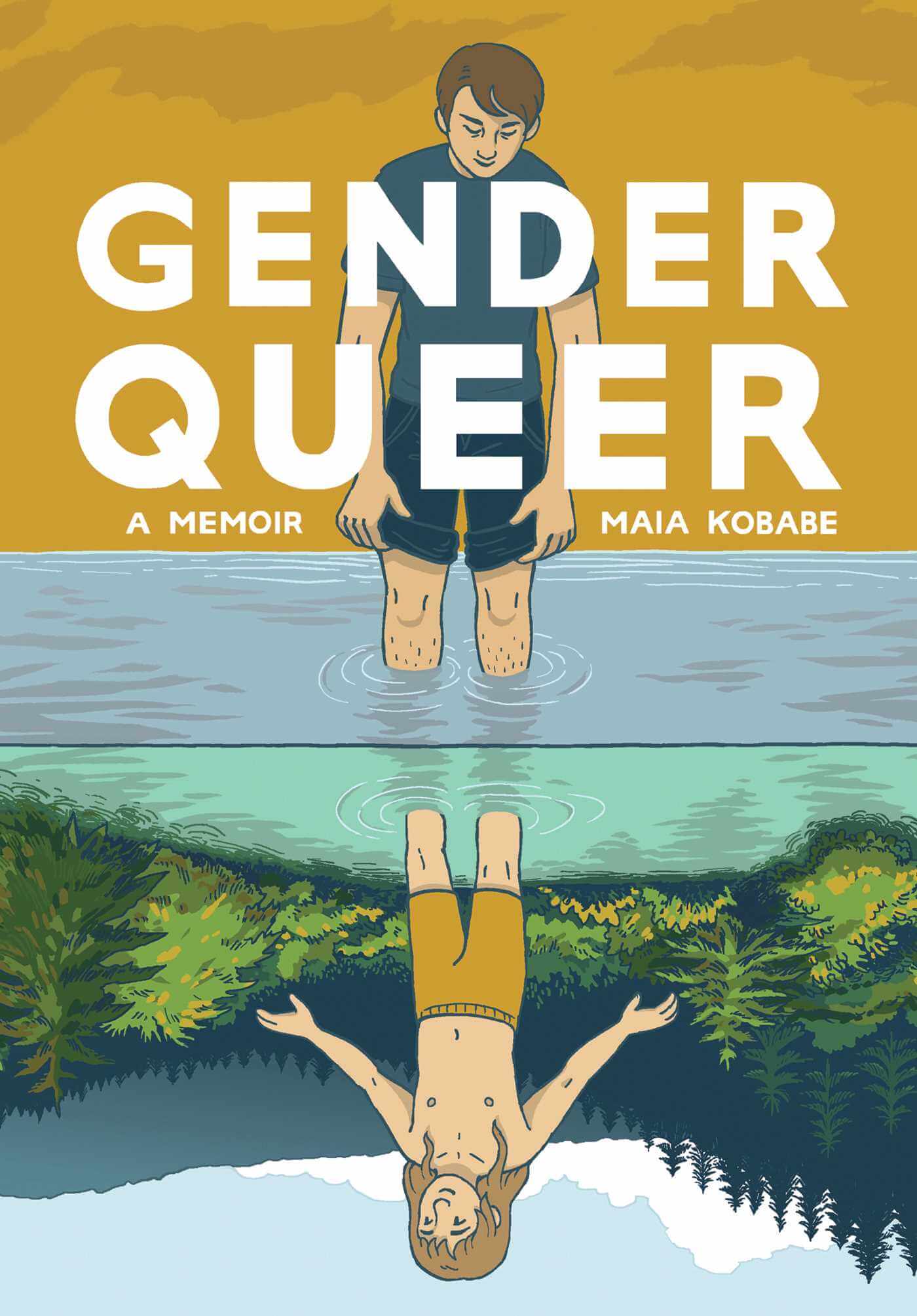
Gender Queer by Maia Kobabe
The amount of books banned yearly only because it contains LGBTQIA+ is truly horrifying to me. How is our existence and sharing our stories as LGBTQIA+ people harmful? Especially when we have children and teens still grapping with feelings they are ashamed of due to the restrictive society we live in. That is the reason I am grateful for graphic memoirs like Gender Queer. This intimate story about a self-discovery journey, that began as a means to help explain what non-binary and asexual means to the author’s family, is one that sheds so much light on the importance of gender identity.
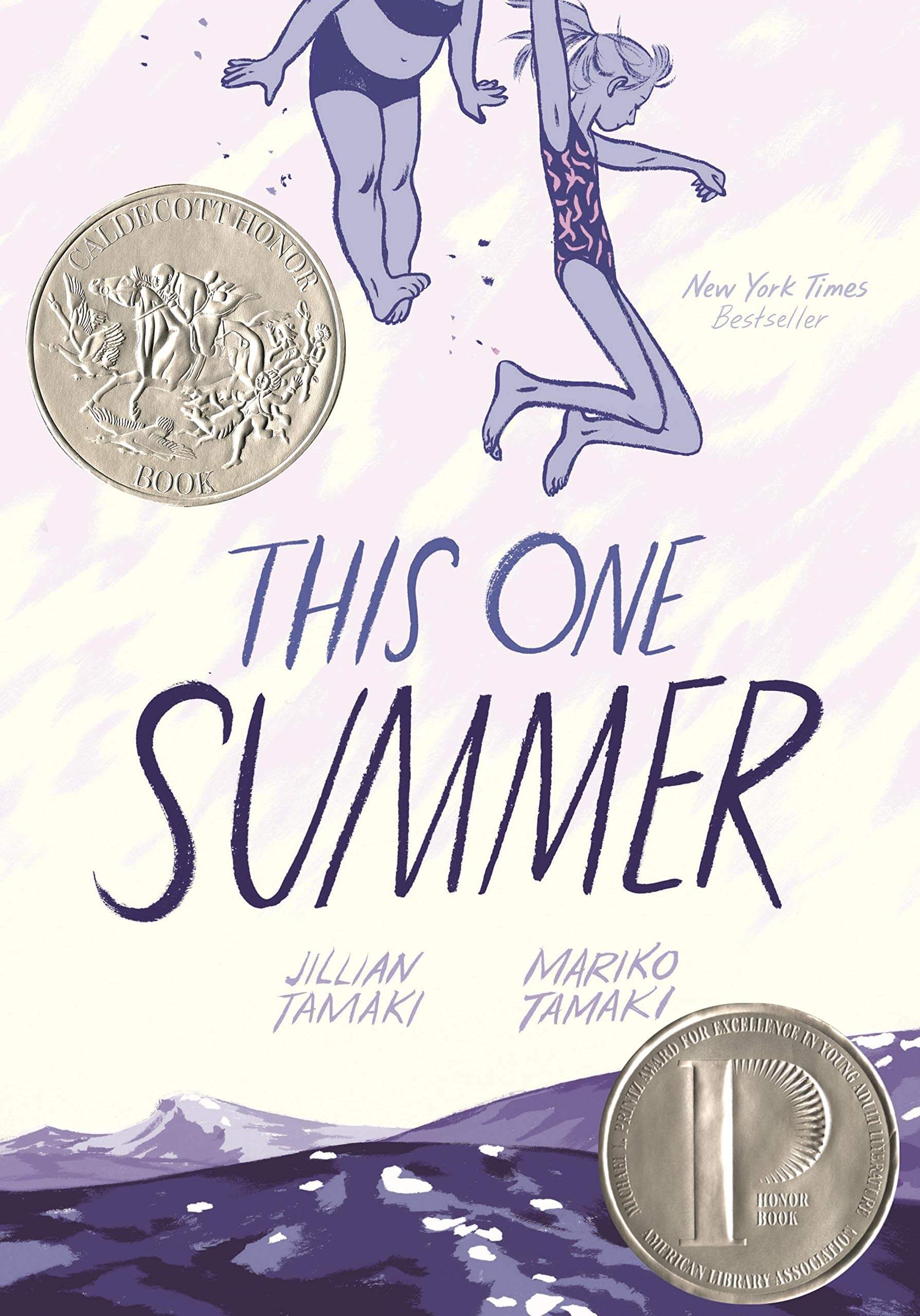
This One Summer written by Mariko Tamaki and illustrated by Jillian Tamaki
This graphic novel spoke to my summers as a preteen/teen. Summers which always contained self-discoveries not only about myself but those around me. Rose and her family head out to Awago Beach every summer where she reunites with Windy, her summer friend. Typically summers at the lake house are a time for Rose and her family to reconnect; something is off between her parents and Rose can sense the tension. But this summer, she sees just how quickly things can change. It’s about growing up and seeing your parents for the first time as actual people. Though it’s banned for “mature themes” and “LGBT characters”, this is the graphic novel I wish I had growing up. I think it would have made those summer growing pains a lot less lonely..
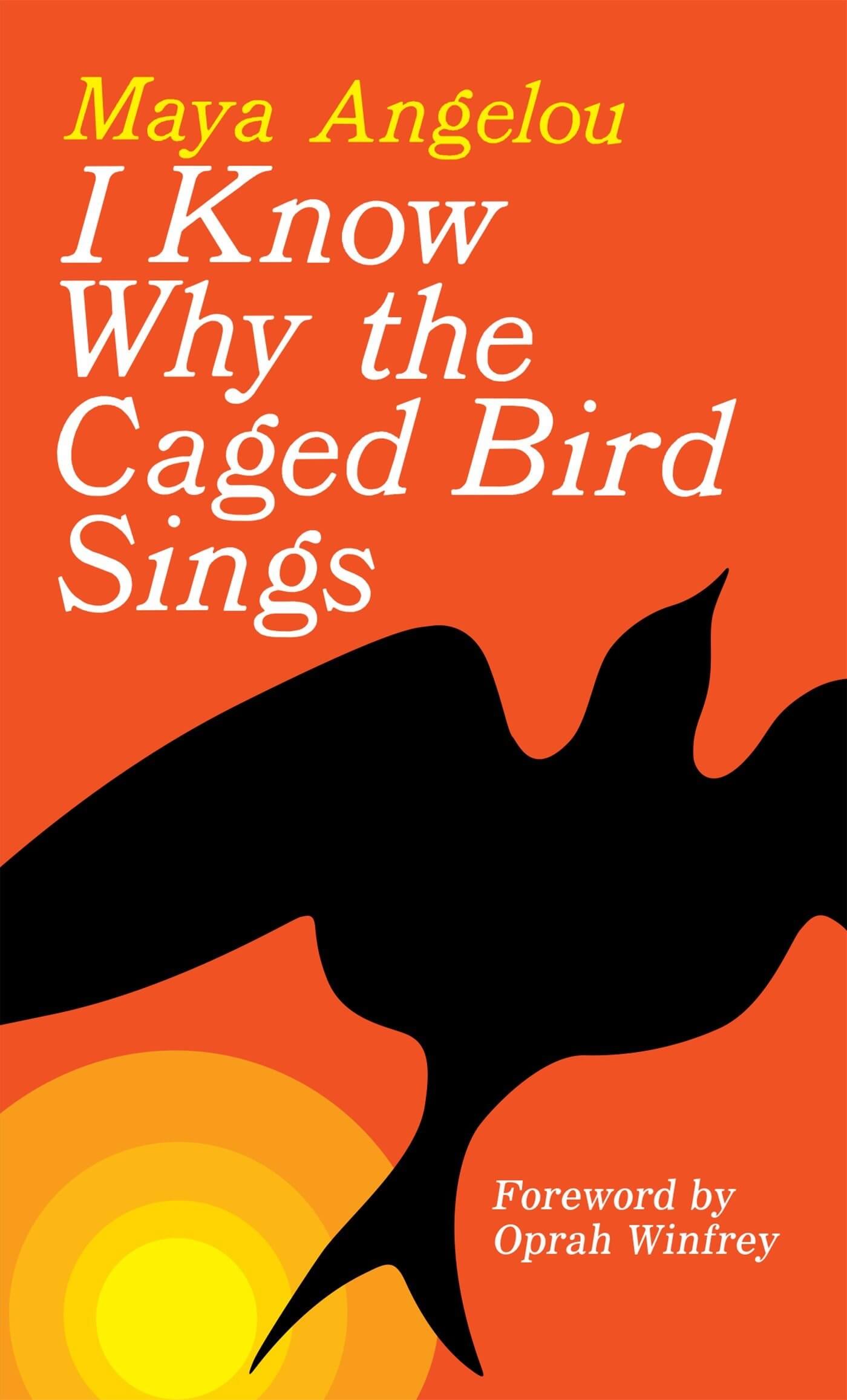
I Know Why the Caged Bird Sings by Maya Angelou
A cousin of mine once came home with an entire box of books gifted to her by someone she cleaned houses for. I Know Why the Caged Bird Sings was among those books. I was immediately drawn in by the title, and all I remember was picking it up and asking if I could borrow it. She said yes as long as I returned it. Reader, I never returned it. I kept it because I credit Maya Angelou for making me the reader I am today. In Maya Angelou’s debut memoir she recounts her childhood and adolescence. Diving into the sexual assualt and racism she endured, the book is banned for being “sexually explicit”. I felt early in my reader life that I Know Why the Caged Bird Sings was written in a way not to be explicit, but to be vulnerable and to be witnessed.
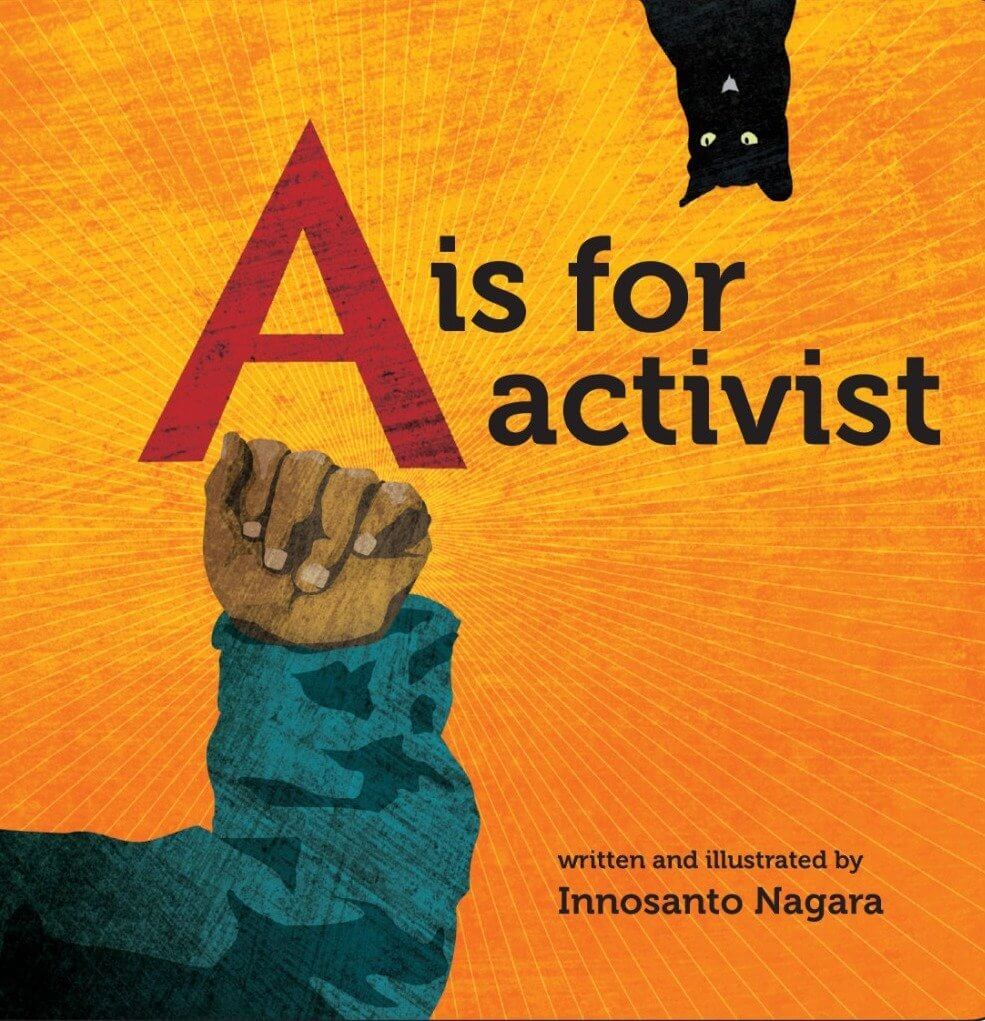
A is for Activist by Innosanto Nagara
This ABCs of activism children’s board book that centers civil rights, environmentalism, LGBTQIA+ rights and more was banned in 2020. It’s a board book I’ve read many times to my son, hoping that he’ll understand he’s being raised by parents who see equal rights and community at the forefront of everything. Between the illustrations and rhyming, it’s a book that often holds his attention as we read it, and now that he getting older and able to ask questions, it will be a book I know will spark a lot of great and necessary discussions between us.
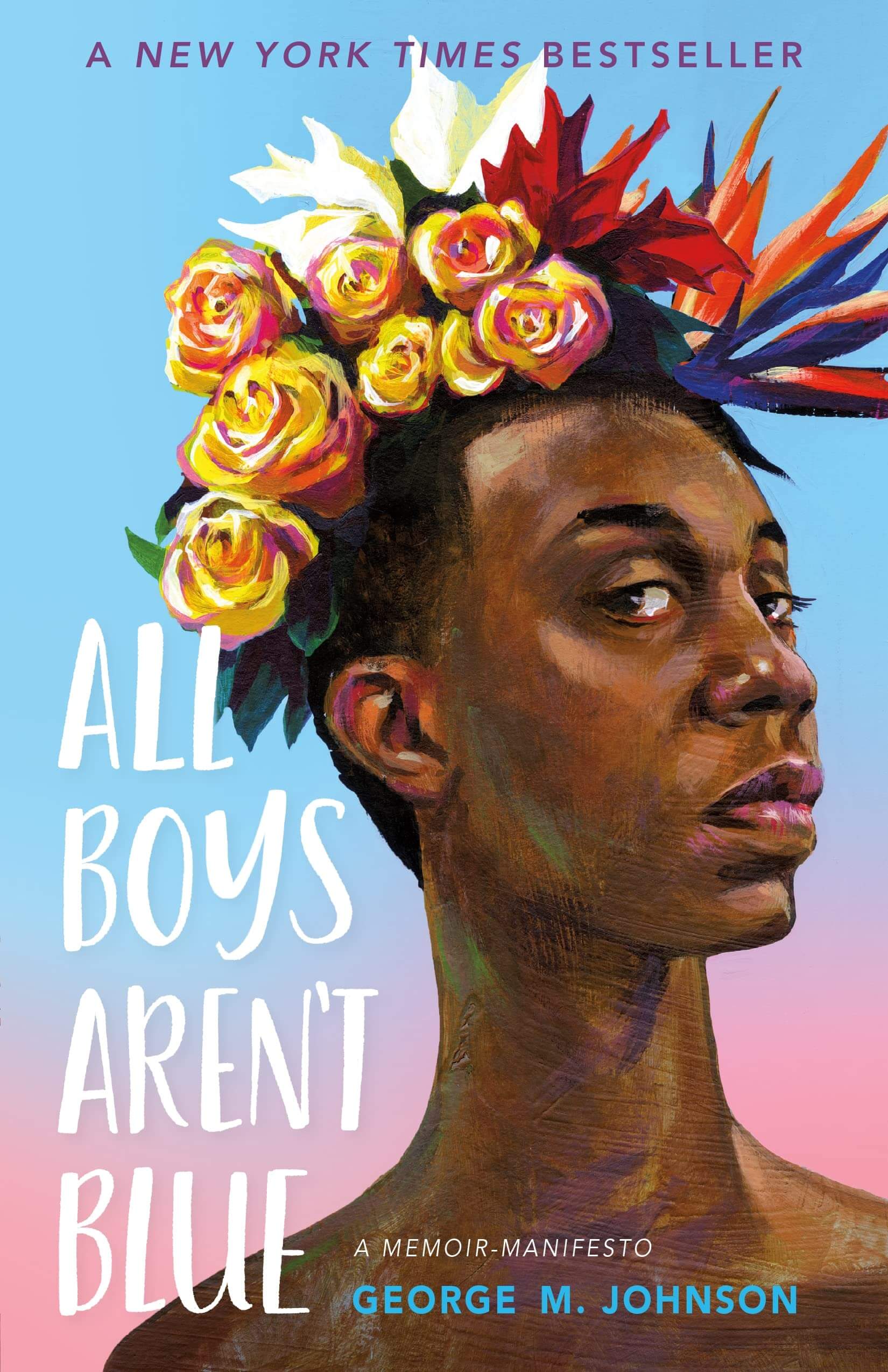
All Boys Aren’t Blue by George M. Johnson
In this memoir of essays for young adults, Johnson unveils memories of his childhood and young adult life. Working through his self-acceptance by revisiting difficult memories, this emotional book, like many others on the list, was banned simply because it was “considered to be sexually explicit”—when it really recounts lived experiences that should be discussed. When asked in a TIME interview about the ban, the author had something really impactful to say: “The part that’s also being left out is that I am talking about sexual education. I am talking about consent. I am talking about agency. And I am using my story to teach kids about the mistakes that I made the first time that I was having sex, so they don’t make those same mistakes.” And it’s with this in mind that I truly believe books like All Boys Aren’t Blue are necessary.
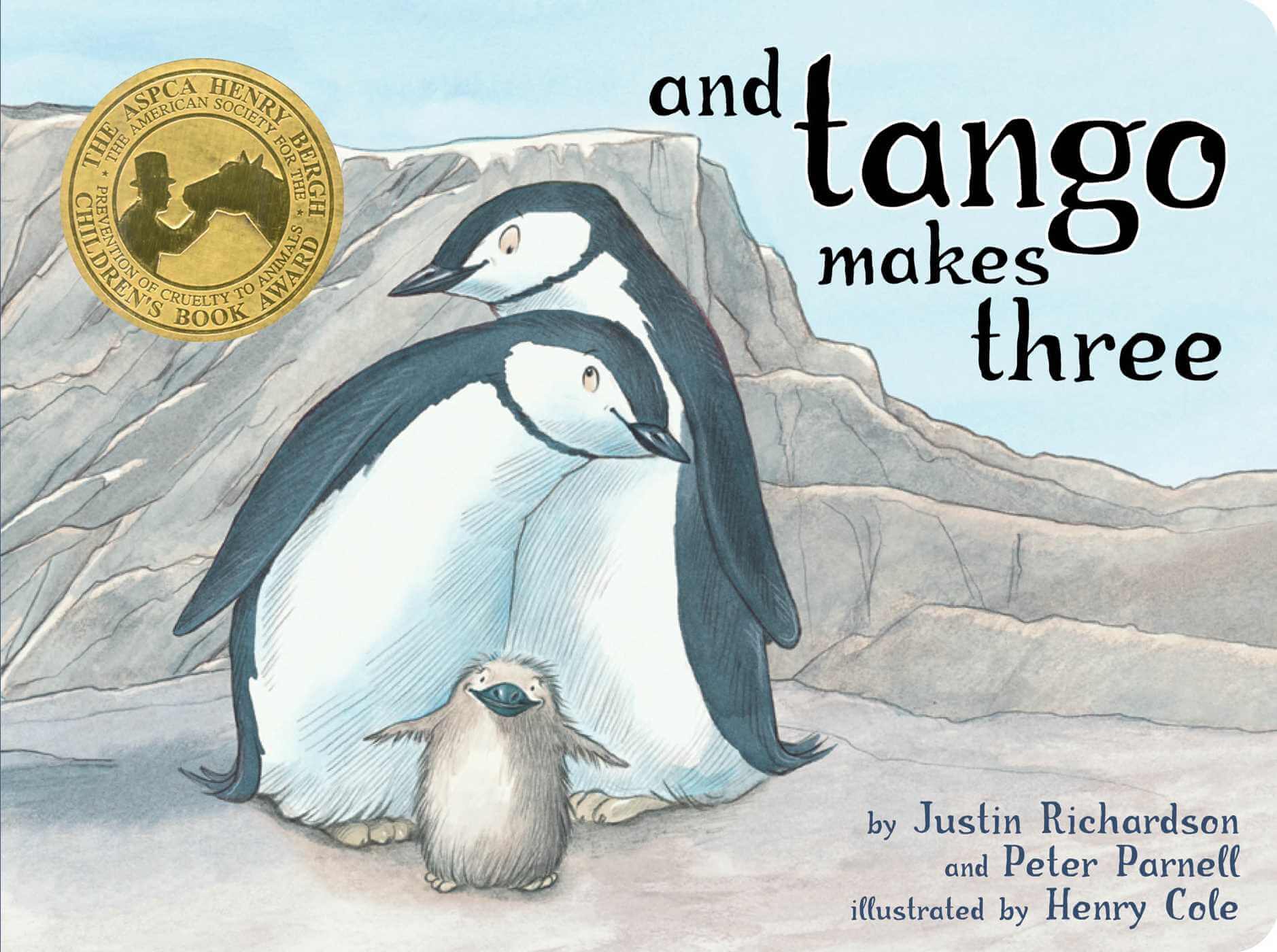
And Tango Makes Three by Peter Parnell and Justin Richardson illustrated by Henry Cole
I was stunned by many of the books that came up on OIF’s annual banned books lists—but this one by far stunned me the most. It was one of the first books we bought early on in my wife’s pregnancy, because as parents in a same sex relationship, we were looking for books that featured families like ours. It’s a beautiful little story about two male penguins in love that want to take the next step into parenthood, like the other penguins around them in the zoo. I won’t get into much because I don’t want to spoil the book, but it’s a family favorite we go back to time and time again. It’s helped us process the way in which we begin to have conversations with our son about how we became a family and the ways in which we are just like any other family.
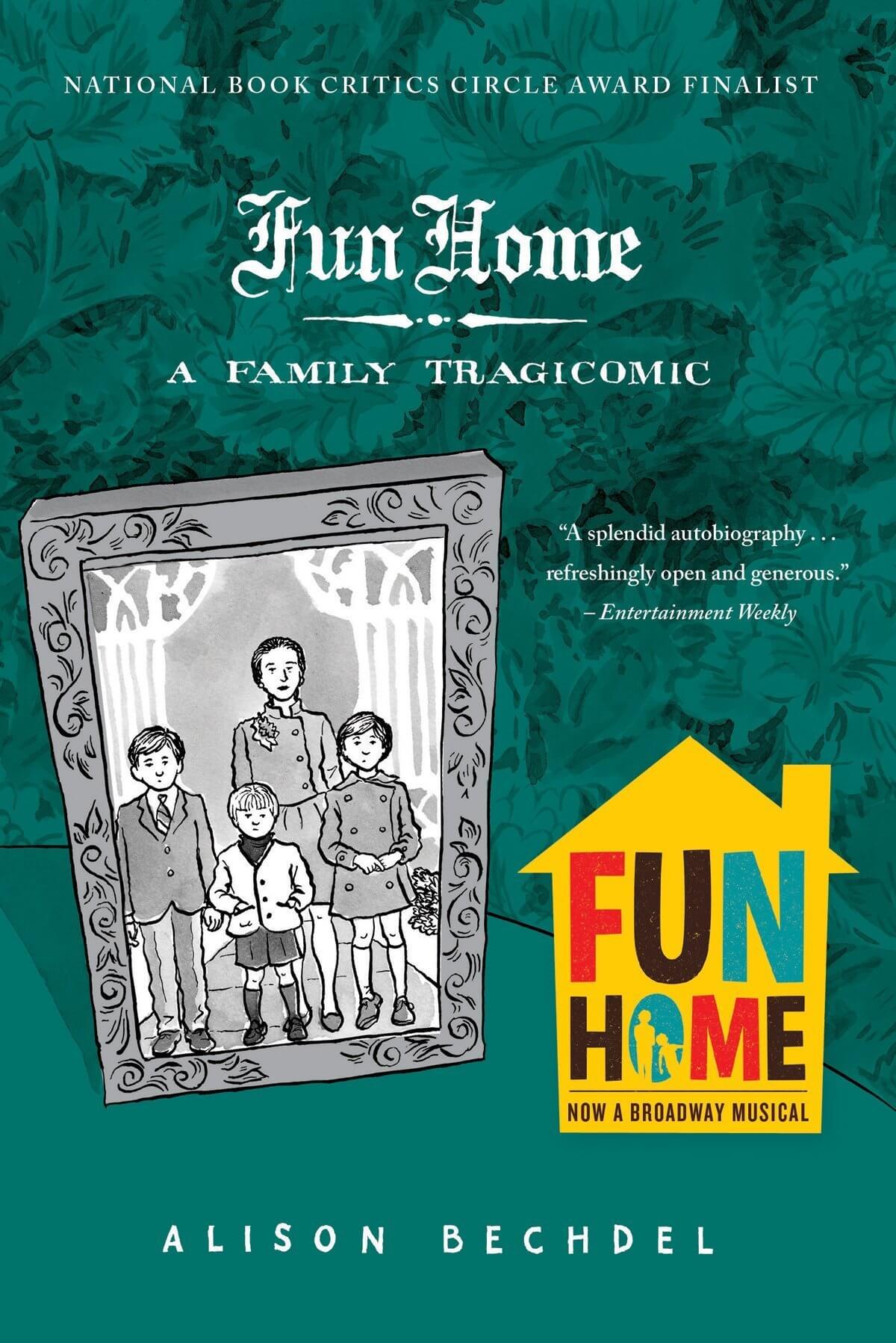
Fun Home by Alison Bechdel
Fun Home is a graphic memoir I recommend often to anyone that is struggling with coming out to their parents or for anyone wanting to revist/reprocess that time in their life. I found through Bechdel’s Tragicomic stunning illustrated pages that often the rejection received from parents when their child comes out is rooted in their own personal fears. In this memoir Bechdel unpacks her complex relationship with her father, and though it’s banned for “other graphic images,” its a book that helped me understand that all things might not be as they seem.
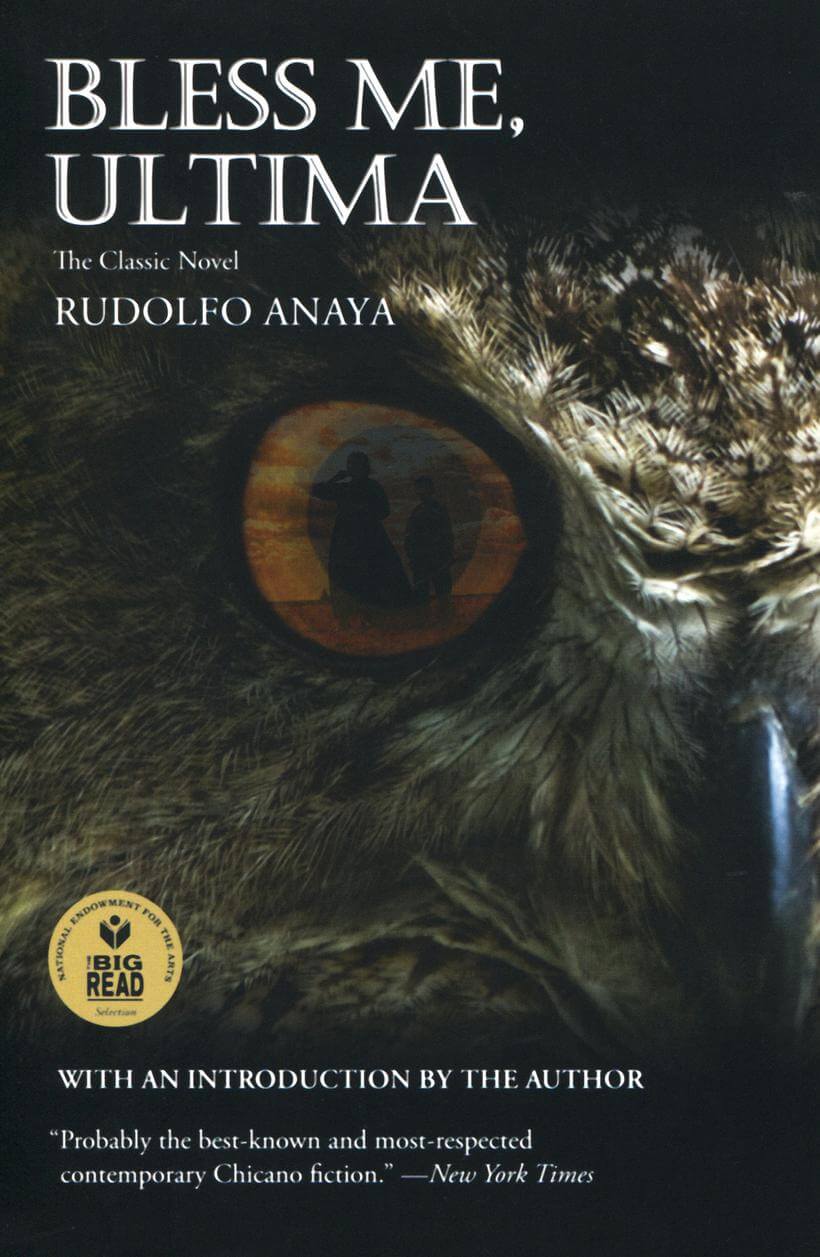
Bless Me Ultima by Rudolfo Anaya
Banned for “occult/Satanism,” Bless Me Ultima is a Mexican-American classic that weaves in tradition and culture in a stunning way. It’s interesting how so often throughout this list, anything that is remotely different or unknown to people outside of the specific community it centers, it gets labeled as “harmful” or “other,” Centering Ultima an elderly curandera, this story is so much more than what it is being banned for. Curanderismo, in Mexican culture, is often about healing through natural elements, and in this story Antonio Marez learns more about it through his connection with Ultima.
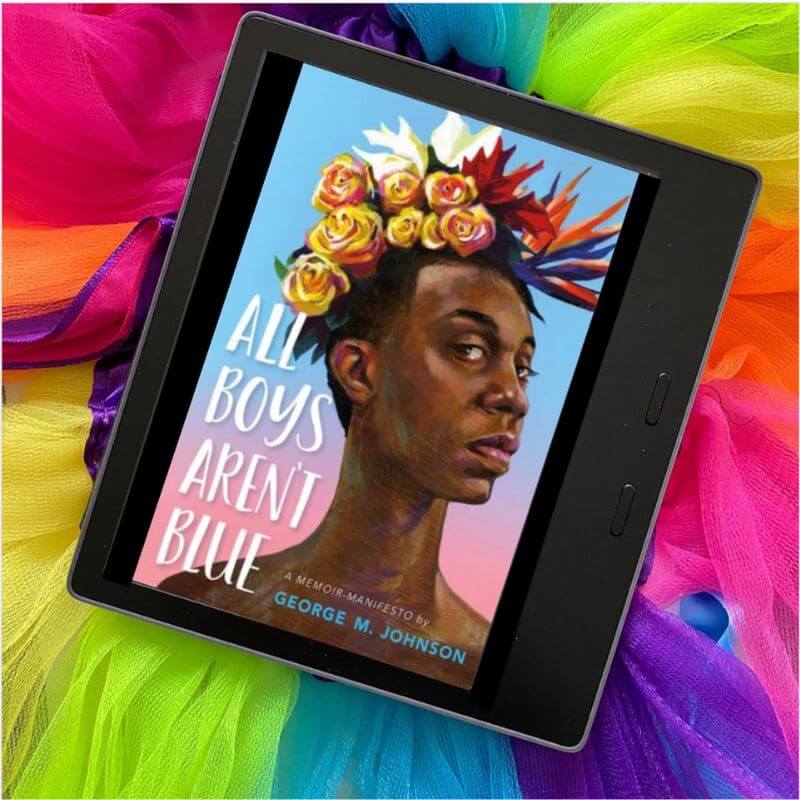

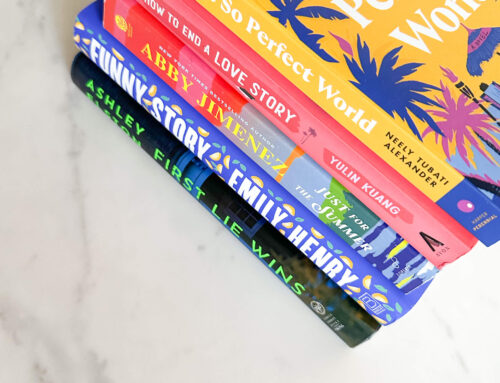
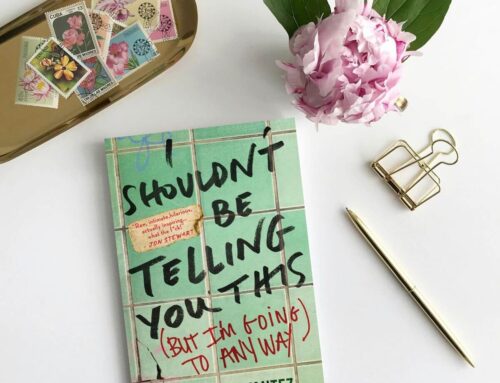
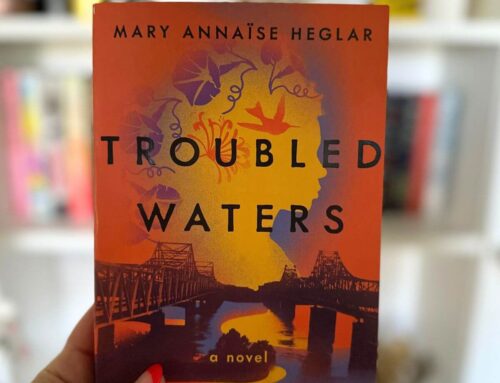
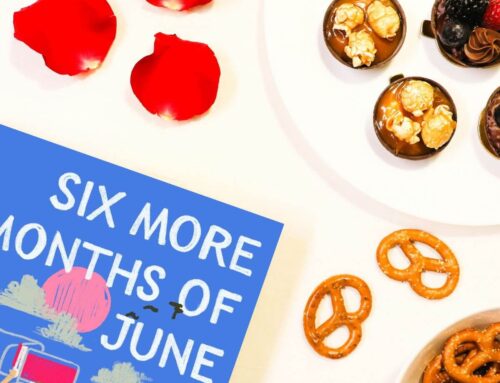
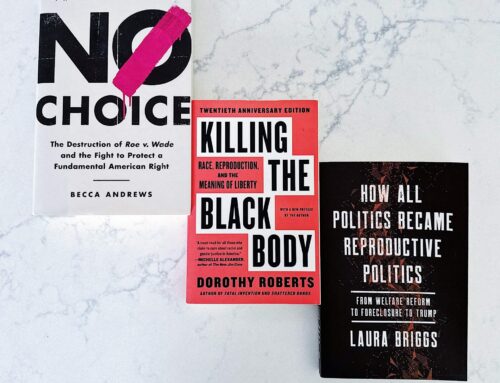
Leave A Comment